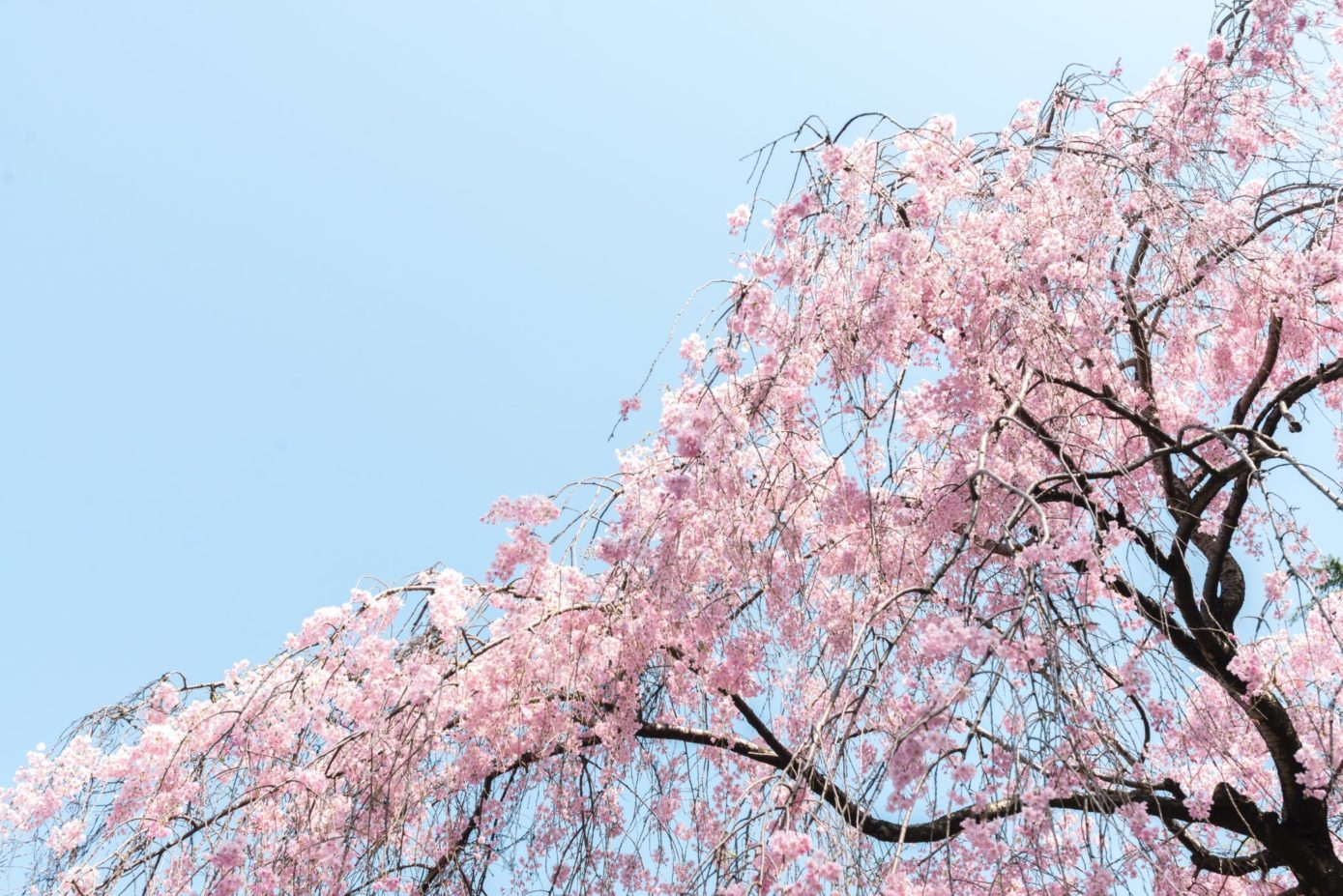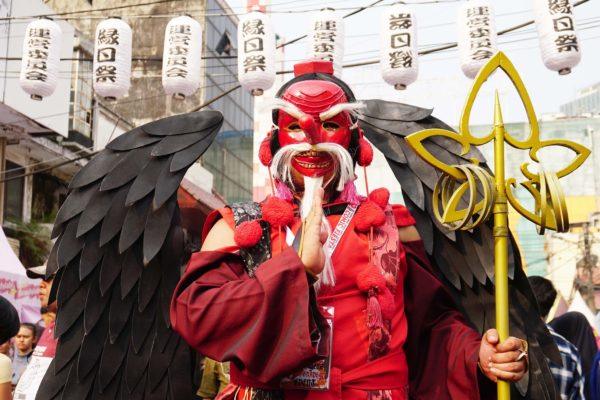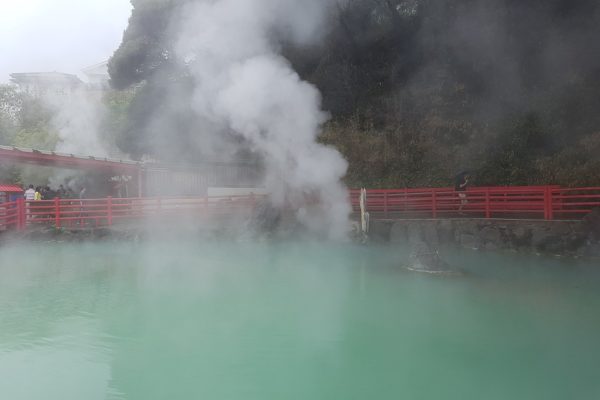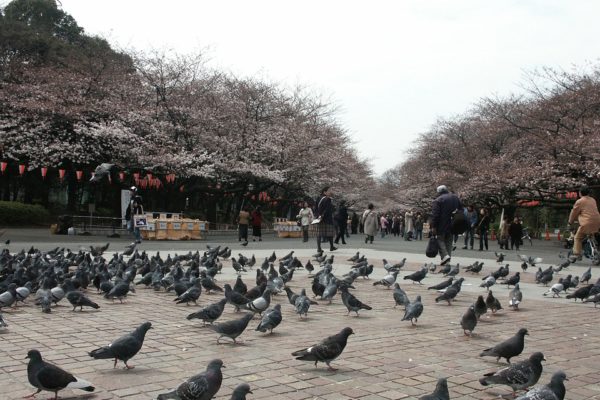May is a pleasant time to visit Japan. Throughout the month, the weather is generally cool and dry, and there are several events and festivities that you can check out. Here is a list of spectacles that are highly recommended to anyone travelling to Japan this time of the year:
Hirosaki Cherry Blossom Festival – end of April to early May
Home to about 2,600 trees cherry trees, the Hirosaki Park in Hirosaki hosts the Hirosaki Cherry Blossom Festival every year. From late April to early May, the spacious grounds transform into a sea of stunning pink sakura in full bloom and are visited by several thousands of visitors not only from all over Japan but also from abroad. One of the country’s best cherry blossom viewing spots, it is most especially breathtaking at night, when the sakura trees are illuminated.
Hirosaki Park is about a 15-minute bus ride away from JR Hirosaki Station. Take the Dotemachi Loop Bus, and alight at Shiyakusho-mae bus stop.
You can find more information on the festival, park, and others on Hirosaki Park’s official website.
Matsumae Sakura Festival – late April to mid-May
About a month-long spring event held in the former castle town of Matsumae, the Matsumae Sakura Festival celebrates the beauty of the more than 10,000 sakura trees that thrive in the Matsumae castle grounds. A vast selection of cherry trees that include the Snow White, Nanden, Yoshino, Amayado, Shogetsu, and Sekiyama varieties line the park’s paths and moat, and create picturesque tunnels of pink and white flowers in full bloom from around the last week of April to the second or third week of May.
Situated in the southernmost tip of Hokkaido and the only Japanese-style castle on the island, Matsumae Castle is easily accessible on foot from the Matsushiro bus stop.
Check out Matsumae’s official website to learn more.

Hakata Dontaku – May 3rd to May 4th
With a history that dates back to 800 years ago, the Hakata Dontaku Festival is a large and lively festival celebrated in Fukuoka every beginning of May. It features men and women donning uniquely designed costumes, and clapping wooden utensils known as shamoji, while dancing through the streets. The parade also showcases various lavishly adorned hana jidosha, which are a type of flower floats. Every year, around two million locals and foreigners turn out to witness this magnificent event.
The festival venue is located a short walk from Tenjin Station, which is a quick subway ride away on the Fukuoka Municipal Subway Line from Hakata Station.
The official Hakata Dontaku website has more information available.
Hamamatsu Festival – May 3rd to May 5th
Held in the city of Hamamatsu in the western part of Shizuoka Prefecture, the Hamamatsu Festival is an annual celebration that features over 100 gigantic kites flying over the Nakatajima Sand Dunes. Its history dates back to the 1500s, when the Lord of Hamamatsu Castle welcomed a newborn son and had many large kites flown to celebrate the wondrous occasion. Up to this day, this custom, which is called hatsudako, remains practiced, and it is not uncommon for people to fly large kites to rejoice the birth of a baby boy.
The three-day festival also offers evening events, like the parade of several dozens of colossal, intricately designed floats, food stalls, merchant shops, and various entertainments.
To get to the Nakatajima Sand Dunes, take a shuttle bus from JR Hamamatsu Station.
Visit the Hamamatsu Festival website for the event schedule and other information.
Hiroshima Flower Festival – May 3rd to May 5th
First observed in 1997, the Hiroshima Flower Festival is a must-see event if visiting Hiroshima during the Golden Week. Every year, over one million people attend the festivities, which feature dance performances, concerts, traditional Japanese shows, and a parade of elaborately decorated flower floats. Held at the Hiroshima Peace Memorial Park, it also holds a flower queen competition and a yosakoi, which is a dance contest with around 100 teams taking part in.
To get to the festival venue, get on tram line number 2 or number 6, and get off at Genbaku-Domu Mae station.
The Hiroshima Flower Festival website provides more information.
Togyo 1000 Samurai Procession – May 18th
The Togyo 1000 Samurai Procession is the second day of the Shunki Reitaisai or Grand Spring Festival. It features a parade of traditionally dressed Japanese warriors, and is held at the UNESCO World Heritage Toshogu Shrine in Nikko. It comes a day after the Yabusame Archery Competition, which showcases many Japanese archery talents that take part in a series of competitions.
At 11 am, about 1,200 men in different samurai costumes, from ceremonial style yukata to fully armour suits, carrying portable shrines that house the spirits of Tokugawa Ieyasu, Toyotomi Hideyoshi, Minamoto no Yoritomo, and other prominent historical Japanese figures, parade across the shrine grounds. There are also numerous activities, such as traditional rites performances, special food offerings, and readings by the Chief Priest.
From either JR Nikko Station or Tobu Nikko Station, the Toshogu Shrine is a 10-minute bus ride away.
The Nikko Toshogu Shrine website has more information on the festival and other events held there throughout the year.
Sanja Matsuri – 3rd weekend of May
One of the most important Shinto festival observed in Tokyo, the Sanja Matsuri, or Three Shrine Festival, is an annual three-day event in the third week of May.
It starts on a Friday with a large parade of lavishly dressed dancers, musicians, and performers that goes through Yanagi Street and Nakamise-dori to the Asakusa Shrine grounds. The following day, it features a procession of about a hundred mikoshi or portable shrine from Sensoji Temple’s Kaminarimon gate to Hozomon gate and finally to Asakusa Shrine. On the last day, from early morning to late at night, it holds a parade of three Asakusa Shrine mikoshi to bring blessings and good fortune to the locals.
Throughout the festivities, the Asakusa district welcomes crowds and crowds of spectators and has tons of food stalls and other entertainments. To get to the festival venue, take Ginza Subway Line, Tobu Railway, or Asakusa Subway Line to Asakusa Station. Sensoji Temple is a short walk away from there.
Visit the Asakusa Shrine to learn more about the event.



